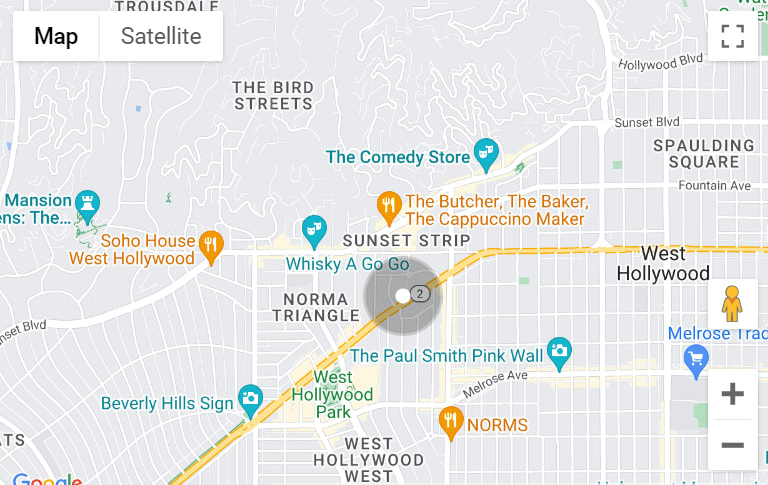
-
Compass
851 Madison Avenue
New York City, NY 10021
-
Stacey Froelich Team
At his first State of the City address on Tuesday, Mayor Eric Adams celebrated the accomplishments from his first 100 days in office, outlined his vision for the city’s future, and released a $99.7 billion executive budget for next fiscal year. Early in his speech, the mayor identified four main pillars of his vision: “Protecting our people, growing our economy, uplifting our youth, and building our infrastructure.”
Adams also pointed to measures funded in the recently-adopted state budget that he had championed including an expansion of the Earned Income Tax Credit, which will provide $350 million in credits to low- and moderate-income families, and $4 billion over four years to fund child care subsidies in the city as well as new tax breaks to help spur additional child care space. The mayor announced that new child care subsidy rates will go into effect June 1, reducing the weekly fees for subsidized care for a family of four earning $55,000 a year from $55 a week to just $10 per week.
Adams repeatedly stressed his core philosophy that “Safety and justice are the prerequisites of prosperity.” At one point he spoke directly to the family members of people killed in violence in the city, who were in attendance.
Adams presented his executive budget proposal:
The new iteration of his plan for the 2023 fiscal year, which begins July 1, increases spending by $1.2 billion over his February preliminary budget, adding new spending on public safety, education, youth employment, sanitation, food security, and immigrant services, among other areas. Through the capital budget, it massively increases infrastructure spending, including for housing, street safety improvements, bus and bike lanes, parks, and more. Both the expense and capital budgets must be negotiated with the City Council ahead of the July 1 deadline. Adams and the Council are working with massive amounts of federal pandemic aid and higher-than-expected tax revenues.
As State Comptroller Tom DiNapoli noted on Tuesday, the proposed FY23 executive budget includes the use of $5.3 billion in surplus funds from the current fiscal year, which brings total projected FY23 spending to nearly $105 billion.
The executive budget adds $256 million for public safety initiatives, particularly funding for the mayor’s Subway Safety Plan released in February. That number includes $55 million to expand the Behavioral Health Emergency Assistance Response Division (B-HEARD) initiative — which sends mental health professionals to respond to certain 911 calls instead of police officers. About $171 million of those funds will go to adding 1,400 new Safe Haven and stabilization beds for unsheltered New Yorkers to help them off the streets and out of the subways. The funding will also help create a dedicated gun crime unit in the Office of the Medical Examiner to expedite DNA analysis.
Adams allocated an additional $285 million for education and youth employment. That includes $101 million to add 10,000 slots to the Summer Rising program, which provides summer learning and enrichment courses. The funding will increase the programs total capacity to 210,000 slots for K-12 students.
The mayor also put $7.4 million towards creating new dyslexia screening sites and literacy programs, $33 million for the Department of Education for new career pathways programs focused on the health care and technology sectors, $5 million for the City University of New York (CUNY) to train students and connect them to jobs, and $11.2 million for bilingual education programs.
The mayor also allocated $118 million more in funding for parks, the city’s streets master plan, to restore an organics recycling program, and for a recently-launched trash containerization pilot program.
Another $51 million will be used to increase funding for the Emergency Food Assistance Program, home-delivered meals for seniors, to expand the NYCHA farms program, and fund plant-based lifestyle medicine in the municipal hospital system. About $10 million more will be spent on language access, interpretation, and translation services for immigrant communities. Part of that funding is specifically dedicated to services to support Ukrainian New Yorkers impacted by Russia’s invasion of Ukraine.
The new spending that Adams proposed was offset by additional revenues and savings. In the executive budget, estimates for tax revenue in the current fiscal year were $1.6 billion higher than in the preliminary budget and $392 million higher in fiscal year 2023. The new budget iteration also found $400 million in savings across the current and next fiscal year, building on the mayor’s Program to Eliminate the Gap (PEG) which he previously mandated for the preliminary budget. In total, the PEG identified $2.4 billion in savings across both fiscal years, including $564 million in efficiency savings at agencies, $1.4 billion by re-estimating spending, $154 million in higher revenue re-estimates, and $267 million from lower debt service costs.
The City Council will hold weeks of executive budget hearings in May.
To read more about Mayor Adams State of The City Address, click here.
Our team keeps our pulse on everything and anything that affects our amazing resilient city. Please reach out anytime - we love to hear from you.